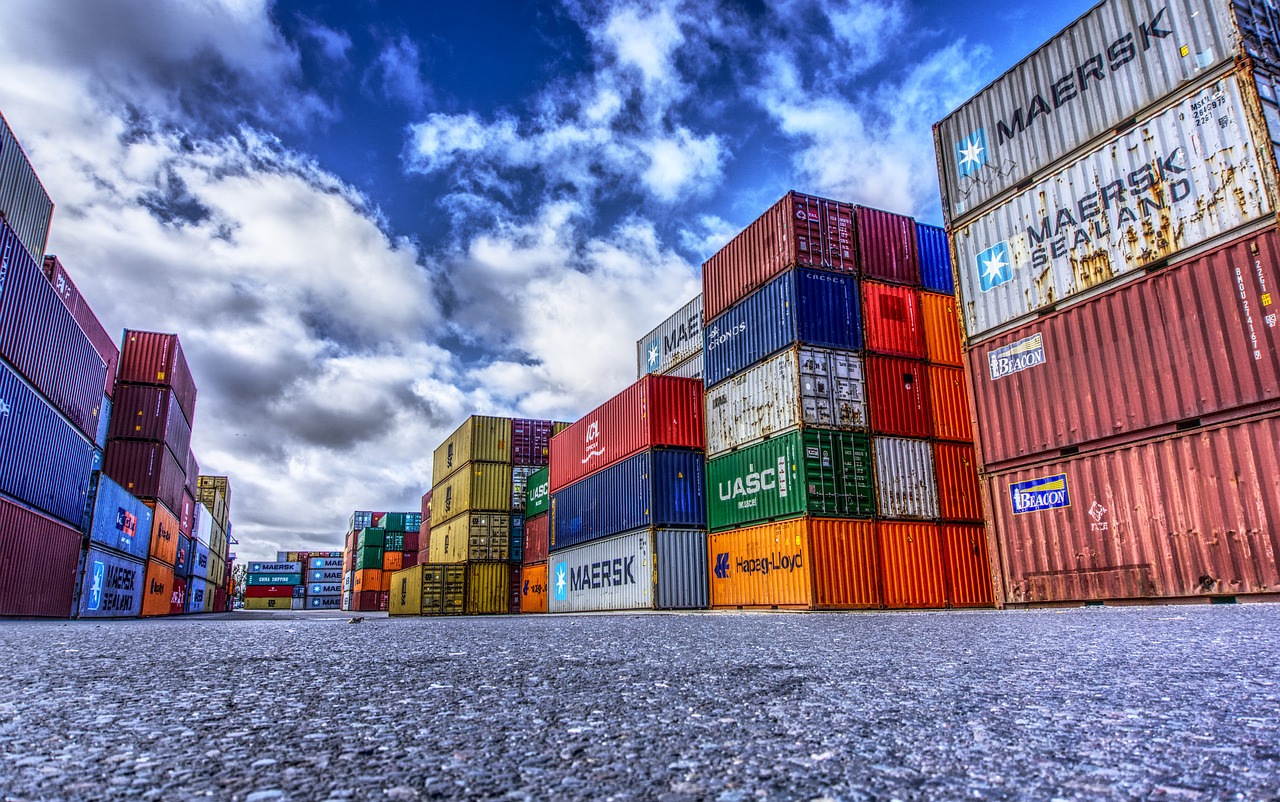The money went to China: what Ukraine buys abroad and to whom it sells the most
11 March 09:02
Since the beginning of 2025, Ukraine’s trade turnover has amounted to $17.6 billion. Ukraine imported goods worth $11.3 billion and exported $6.3 billion. This was reported by the State Customs Service, "Komersant Ukrainian" reports.
Imports: key figures
In the first two months of 2025, Ukraine imported goods totaling $11.3 billion. Of this amount, taxable imports amounted to $8.6 billion, which corresponds to 76% of total imports. The tax burden per kilogram of taxed imports amounted to $0.49/kg.
The main importing countries for Ukraine were:
- China – $2.6 bln;
- Poland – $1 billion;
- Germany – $841 million.
Among the imported goods, the largest share was made up of:
- Machinery, equipment and transport – $4.3 billion. Budget revenues from their customs clearance amounted to UAH 26.3 billion, which is 27% of all customs payments.
- Chemical products – $2 billion. The budget received UAH 15.8 billion (16% of customs revenues).
- Fuel and energy products – $1.4 billion. Customs payments amounted to UAH 26.8 billion (28% of revenues).
Читайте нас у Telegram: головні новини коротко
Exports: key figures
In January-February 2025, Ukraine exported goods worth $6.3 billion. The largest markets were:
- Poland – $714 mln;
- Spain – $464 million;
- Italy – $449 million.
Most exported goods:
- Food products – $3.7 billion.
- Metals and metal products – $624 million.
- Machinery, equipment and transport – $568 million.
The budget received UAH 41.2 million from customs clearance of goods subject to export duties.
Thus, in the first two months of 2025, Ukraine significantly exceeded its imports over exports, which leads to further attention to the country’s trade balance.
The EU is Ukraine’s main trading partner
As the statistics show, the European Union remains Ukraine’s main trading partner. Currently, Ukraine has a so-called “duty-free trade regime” with the EU, although in many respects this name is not entirely true.
The decision to allow the free import of Ukrainian goods into the EU was made by the EU at the beginning of the full-scale Russian invasion as a gesture of support for the Ukrainian economy and in response to the Russian naval blockade of Ukrainian ports. During the two years of its operation, the simplified regime has gained a lot of opponents in the European Union. In particular, the governments of Bulgaria, Poland, Hungary, Romania, and Slovakia demanded to restrict imports of Ukrainian products (later France joined this position). They claim that cheap agricultural products from Ukraine are swallowing up their markets.
Six major European farmers’ associations also protested strongly against Ukrainian products. Polish farmers have even organized a border blockade, not only with Ukraine but also with Germany.
Nevertheless, after fierce debate, the simplified trade regime with Ukraine was extended until June 5, 2025. However, at the request of these countries, it was severely restricted.
Thus, the provisions on duty-free trade were amended to include new “safeguards” to protect European producers.
In particular, the European Commission may take any measures it deems necessary if imports from Ukraine cause “significant disturbances” on the EU market or the markets of one or more EU Member States. In this case, the European Commission may launch an “emergency brake” for particularly sensitive agricultural products. This list includes the following products:
- poultry
- eggs
- sugar
- oats
- cereals
- corn;
- honey.
However, the European Commission has not only options but also responsibilities. If imports of these goods exceed the average import volumes recorded in the second half of 2021 and for the entirety of 2022 and 2023, customs tariffs must be restored within 14 days.
Thus, the EU has practically returned import quotas for many Ukrainian goods, albeit at a rather high level.









